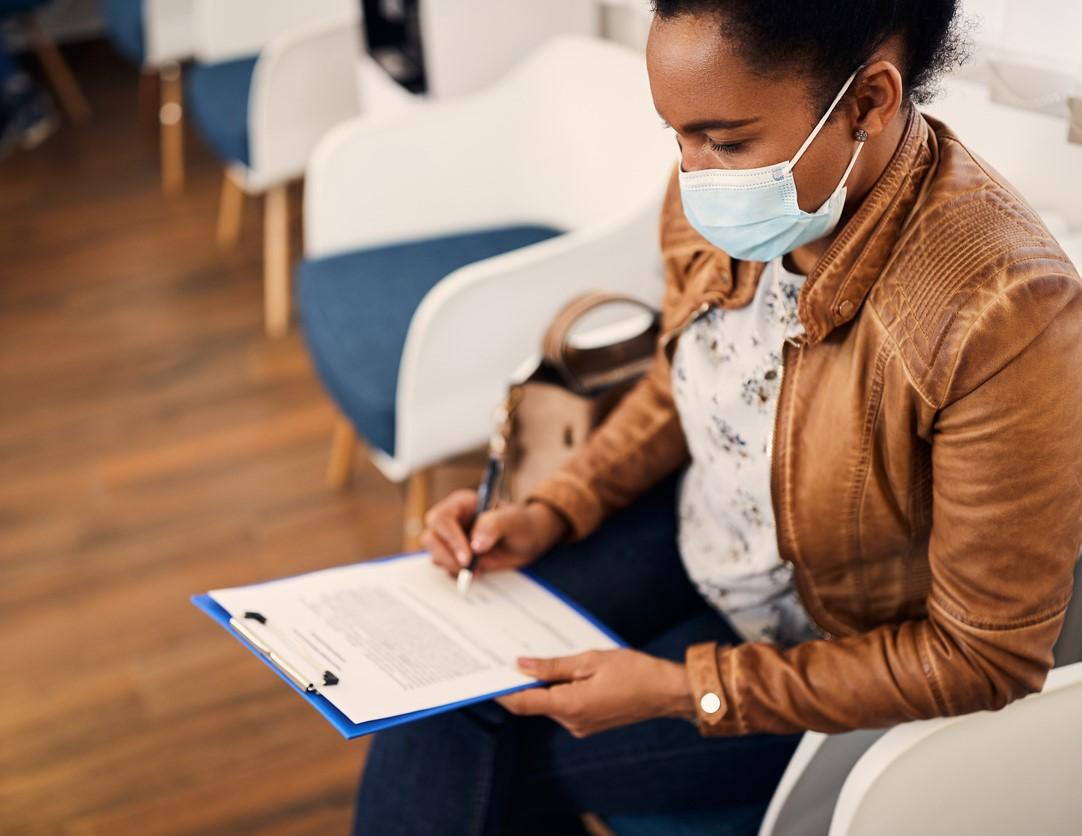Ontario, Canada, healthcare systems saw an uptick in healthcare use by adult COVID-19 survivors—especially women—starting 2 months after people were infected, placing more demand on an atrophied healthcare workforce, finds a study with implications for long COVID and hospital resources long term published today in the Canadian Medical Association Journal (CMAJ).
Researchers from ICES (formerly the Institute for Clinical Evaluative Sciences) followed 531,702 people in Ontario starting 2 months after they were tested for COVID-19 from Jan 1, 2020, to Mar 31, 2021, a period in which COVID-19 vaccines weren't widely available.
The 268,521 infected participants were matched in a 1:1 ratio with those who tested negative. Average age was 44 years, 51% were women, 0.5% had received at least two doses of a COVID-19 vaccine, and average follow-up was 240 days.
Highest use concentrated in small subset
Overall, the average days in the hospital per person-year rose 47% for women and 53% for men. Women who tested positive for COVID-19 had 1.98 more healthcare visits per person-year than those who tested negative, with 0.31 more home-care encounters and 0.81 more days in long-term care but no difference in emergency department (ED) visits. About 1% of infected women had 6.48 more days in the hospital and 28.37 more home-care visits.
The rate ratio (RR) for test-positive versus test-negative women was 1.14 for total healthcare visits, 2.51 for days in long-term care, 1.48 for days in a hospital, 1.07 for home-care visits, and 1.06 for outpatient visits, with no difference for ED visits.
COVID-positive men had 0.66 more healthcare visits per person-year than their negative peers, with 0.14 more outpatient visits and 0.48 more days in long-term care but 0.43 fewer home-care visits. About 1% of, infected men had 8.69 more days in the hospital per person-year and 27.31 fewer home-care visits and 0.87 fewer outpatient visits.
Patterns of relative increases in rates of healthcare use among men were similar to those of women, except for home-care visits, which were lower for test-positive men (RR, 0.89).
At 6 months, 0.5% of all participants had died, with no differences by sex or COVID-19 test result.
More visits, fewer physicians
The researchers noted that increased healthcare use was higher among women than men and rose more across the different types of use and visits, while increased use for men was concentrated amid a small subset, and home-care visits fell, suggesting that men may have been cared for by family members at home.
"For family medicine doctors who had 20 clinic visits per day before the COVID-19 pandemic, based on the number of people in Canada who were recently infected, they will need to find time and resources for 100 more clinic visits per year, and there are fewer physicians now than before the pandemic," first author Candace McNaughton, MD, PhD, MPH, of Sunnybrook Research Institute in Toronto and ICES, said in a CMAJ news release.
While most COVID-19 survivors won't have more healthcare use after recovery, they will need to compete for scarcer healthcare resources, as will the small subset of people whose healthcare needs increase substantially after infection, which may require population-level healthcare restructuring and investments, the researchers said.
"We hope this information will help those in leadership and government prepare for health care demand caused by long COVID," senior author Clare Atzema, MD, of Sunnybrook Research Institute and ICES, said in the release.




















